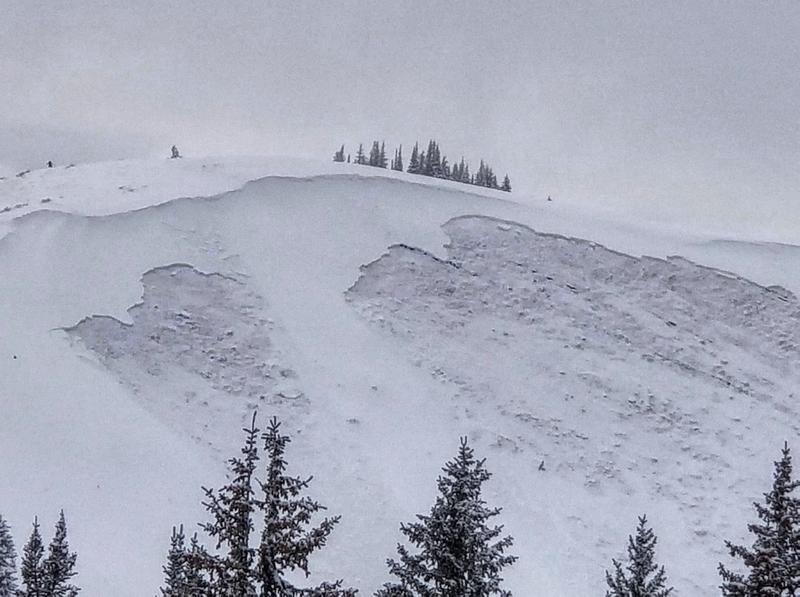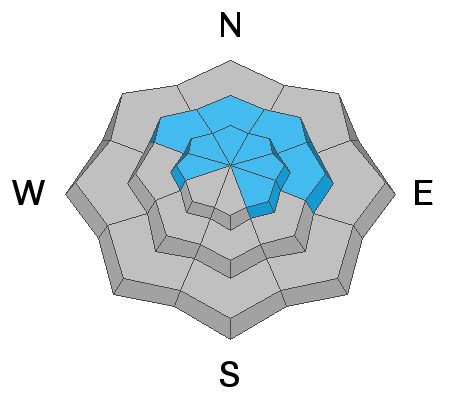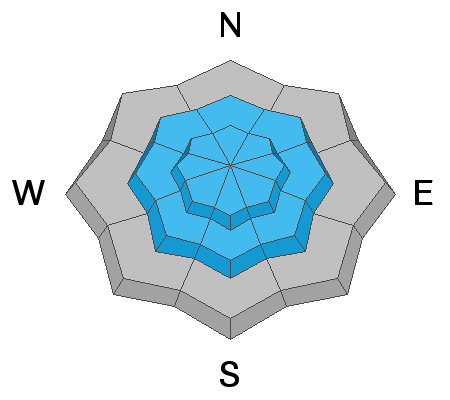Forecast for the Salt Lake Area Mountains

Issued by Evelyn Lees on
Saturday morning, December 1, 2018
Saturday morning, December 1, 2018
The avalanche danger is HIGH, and backcountry travel in avalanche terrain is not recommended. It’s not the day to be cutting it close - stay off of and out from under mid and upper elevation slopes facing west through north through southeast, where you can easily trigger avalanches 1 to 3 feet deep breaking on sugary facets near the ground. Avalanches can be triggered from a distance, from below and on slopes that have already slid this year.
There is also a CONSIDERABLE avalanche danger on steep slopes with wind drifts, which will be found at the mid and upper elevations.
For those with excellent route finding skills and conservative decision-making, head to low angle slopes with nothing steep above you, which have great riding conditions.

Low
Moderate
Considerable
High
Extreme
Learn how to read the forecast here









